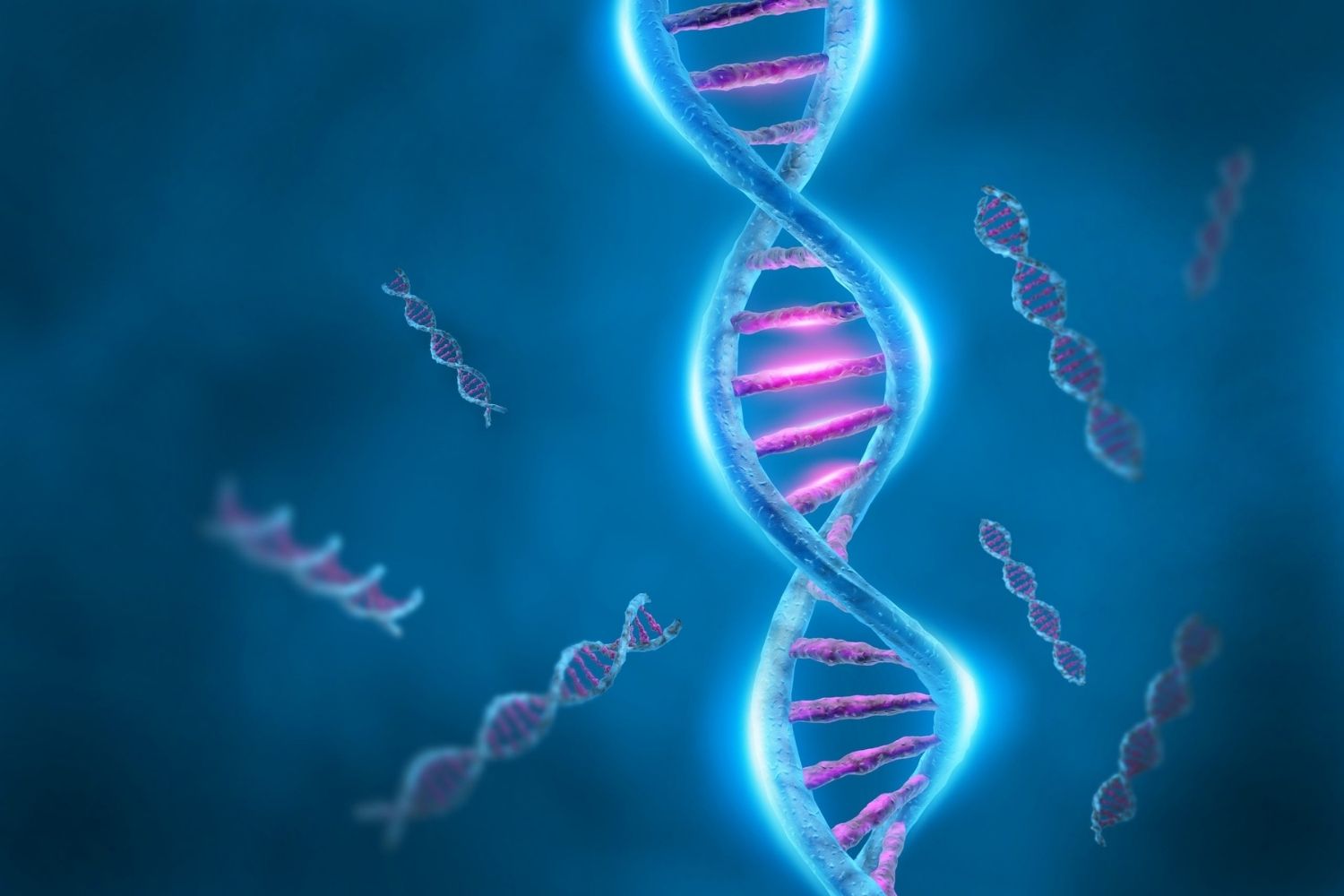
Unverricht–Lundborg Disease, also known as EPM1, is a rare genetic disorder that falls under the category of progressive myoclonus epilepsies. This condition typically begins in childhood or adolescence, causing muscle jerks (myoclonus) and seizures. EPM1 is caused by mutations in the CSTB gene, which leads to a deficiency in cystatin B, a protein that helps protect cells from damage. Symptoms often start between ages 6 and 15, with muscle jerks being the first sign. Over time, individuals may experience coordination problems and cognitive decline. Despite its rarity, understanding Unverricht–Lundborg Disease is crucial for early diagnosis and management. Let's dive into 25 intriguing facts about this condition to shed light on its complexities.
Key Takeaways:
- Unverricht–Lundborg Disease is a rare genetic disorder causing muscle jerks and seizures. It's managed with medication, therapy, and support groups for a fulfilling life.
- Ongoing research on ULD aims to develop gene therapy and stem cell treatments, while clinical trials evaluate new medications for better management.
What is Unverricht–Lundborg Disease?
Unverricht–Lundborg Disease (ULD) is a rare genetic disorder that falls under the category of progressive myoclonic epilepsies. It primarily affects the nervous system, leading to muscle jerks and seizures. Here are some fascinating facts about this condition:
-
Genetic Origin: ULD is caused by mutations in the CSTB gene, which encodes cystatin B, a protein that helps protect cells from damage.
-
Inheritance Pattern: This disease follows an autosomal recessive inheritance pattern, meaning both parents must carry the defective gene for their child to be affected.
-
First Descriptions: Heinrich Unverricht first described the disease in 1891, and Herman Lundborg provided further details in 1903.
-
Prevalence: ULD is most commonly found in Finland, where it affects approximately 1 in 20,000 individuals.
-
Symptoms Onset: Symptoms typically begin between the ages of 6 and 15, with muscle jerks (myoclonus) being one of the earliest signs.
Symptoms and Diagnosis
Understanding the symptoms and how doctors diagnose ULD can help in managing the disease more effectively.
-
Myoclonus: Sudden, involuntary muscle jerks are a hallmark symptom, often triggered by stress or fatigue.
-
Epileptic Seizures: Patients may experience generalized tonic-clonic seizures, which involve loss of consciousness and violent muscle contractions.
-
Ataxia: Difficulty with coordination and balance, known as ataxia, often develops as the disease progresses.
-
Cognitive Decline: Some individuals may experience mild cognitive impairment, although severe intellectual disability is rare.
-
EEG Findings: An electroencephalogram (EEG) often shows generalized spike-and-wave discharges, helping in the diagnosis.
Treatment and Management
While there is no cure for ULD, various treatments can help manage symptoms and improve quality of life.
-
Antiepileptic Drugs: Medications like valproate and clonazepam are commonly used to control seizures and myoclonus.
-
Physical Therapy: Regular physical therapy can help maintain muscle strength and improve coordination.
-
Occupational Therapy: This can assist patients in performing daily activities more easily and safely.
-
Avoiding Triggers: Stress, fatigue, and sudden loud noises can trigger symptoms, so managing these factors is crucial.
-
Genetic Counseling: Families affected by ULD may benefit from genetic counseling to understand the risks and implications.
Research and Future Directions
Ongoing research aims to better understand ULD and develop more effective treatments.
-
Gene Therapy: Scientists are exploring gene therapy as a potential treatment, aiming to correct the defective CSTB gene.
-
Stem Cell Research: Stem cell therapy holds promise for repairing damaged neurons and improving neurological function.
-
Animal Models: Researchers use animal models to study the disease and test new treatments.
-
Clinical Trials: Various clinical trials are underway to evaluate the safety and efficacy of new medications.
-
Biomarkers: Identifying biomarkers could help in early diagnosis and monitoring disease progression.
Living with Unverricht–Lundborg Disease
Living with ULD presents unique challenges, but with proper support, individuals can lead fulfilling lives.
-
Support Groups: Joining support groups can provide emotional support and practical advice for patients and their families.
-
Educational Support: Tailored educational programs can help children with ULD succeed academically.
-
Adaptive Devices: Tools like grab bars and specialized utensils can make daily tasks easier.
-
Mental Health: Addressing mental health is crucial, as living with a chronic condition can lead to anxiety and depression.
-
Community Awareness: Raising awareness about ULD can lead to better understanding and support from the community.
Final Thoughts on Unverricht–Lundborg Disease
Unverricht–Lundborg Disease, also known as EPM1, is a rare genetic disorder that affects the nervous system. It causes myoclonic jerks, seizures, and progressive neurological decline. Understanding this condition is crucial for those affected and their families. Early diagnosis and treatment can help manage symptoms and improve quality of life. While there's no cure, medications like valproate and clonazepam can reduce seizures. Genetic counseling is recommended for families with a history of EPM1. Research continues to explore new treatments and potential cures. Awareness and support are vital for those living with this challenging condition. By staying informed and advocating for research, we can hope for better outcomes in the future.
Frequently Asked Questions
Was this page helpful?
Our commitment to delivering trustworthy and engaging content is at the heart of what we do. Each fact on our site is contributed by real users like you, bringing a wealth of diverse insights and information. To ensure the highest standards of accuracy and reliability, our dedicated editors meticulously review each submission. This process guarantees that the facts we share are not only fascinating but also credible. Trust in our commitment to quality and authenticity as you explore and learn with us.
